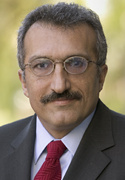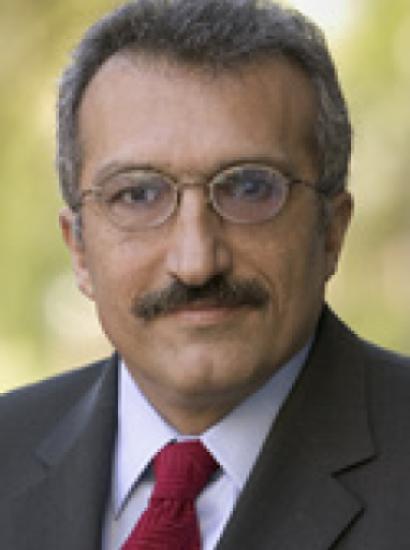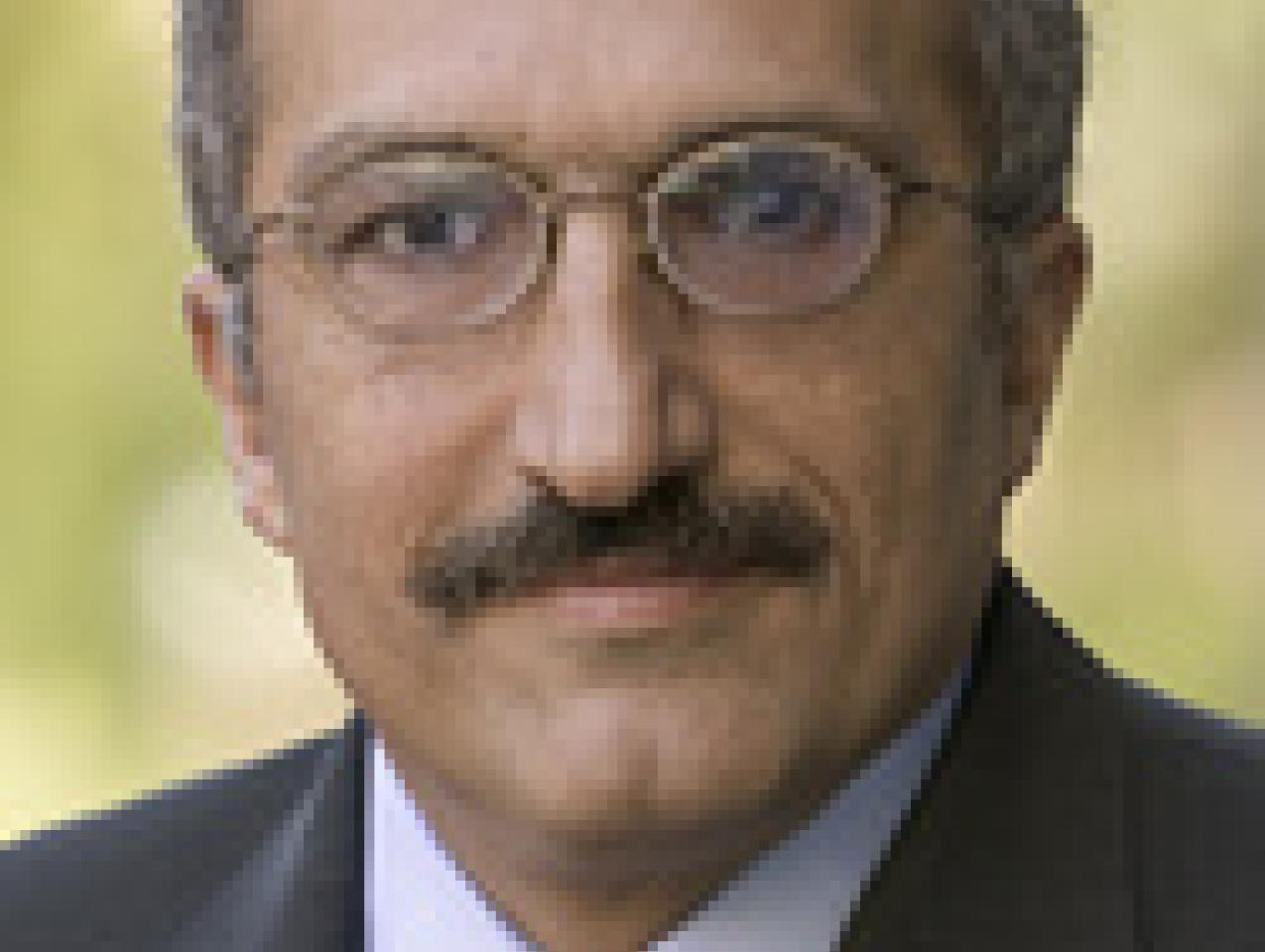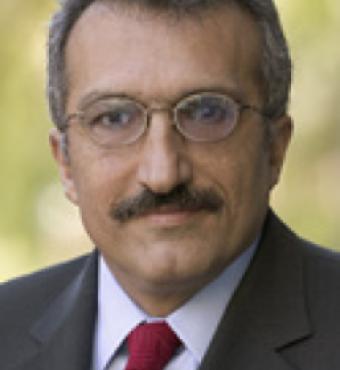- International Affairs
- US Foreign Policy
- Security & Defense
- Terrorism
What happened in Iran in June 2009 was a fully planned but clumsily executed coup, intended to obliterate the last vestiges of democracy in that country. In 1979, the Ayatollah Khomeini abducted the democratic revolution. Instead of creating the free and inclusive republic he had promised during the months before the revolution—a republic, he said, that would have no clerics in any position of power—he established what he called Velayat-e Fagih: the rule of the Shiite jurist. In this regime, a disproportionate share of power remains in the hands of an unelected cleric whose legitimacy rests in the support not of the people but of the divine.
At the same time, Khomeini was forced to heed the overwhelmingly democratic aspirations of the people by allowing for a president who was to be directly elected by the people. The constitution thus became—and remains—an incongruent mix of despotism and democracy.
The first elected president, Abolhassan Bani-Sadr, proved hard for the clergy to manage. It became clear that, despite many constitutional constraints on the president’s power, he could still become a thorn in the side of the clerics and obstruct their attempt to consolidate absolute power. Bani-Sadr was thus quickly impeached, and Khomeini and his clerical allies decided to limit the possibility of a repeat of that traumatic experience. A system they called Nezarat-e Estesvabi—“beneficent supervision”—was put in place, allowing the jurist and his appointed twelve-man Guardian Council to vet every candidate. Only those deemed friendly to Velayet-e Fagih would be allowed to run in any campaign.
In 1997, Khomeini’s successor, the Ayatollah Khamenei, was in for another surprise. Despite the vetting process, a reformist named Mohammad Khatami was elected president in a landslide. For the next eight years, Khamenei engaged in a war of attrition to neuter any attempt by the new president and his reformist allies in the parliament to introduce elements of democracy in the country, using a combination of judicial and paralegal tools and tricks to abort all efforts to afford the people more freedom and less censorship.
In 2005, Khamenei, afraid of a repeat of the Khatami ordeal, used his considerable power to ensure that none of the reformist candidates was elected. Instead, he opted to support the candidacy of a hitherto marginal figure named Mahmoud Ahmadinejad. From his days in college, Ahmadinejad had established close ties with young Islamists who would later become leaders of the Islamic Revolutionary Guard Corps (IRGC) and of its shady Qods brigade. In his populist campaign for the presidency, Ahmadinejad promised to fight corruption and improve the economic lot of the people. Double-digit unemployment and inflation had by then taken their toll; the failure of the reformists to deliver on their political or economic promises prepared the ground for Ahmadinejad’s victory.
Once in power, Ahmadinejad surprised everyone, including Khamenei, by the strength of his tightly knit network of IRGC commanders and leaders of Basij, the paramilitary volunteer militias that have units in every neighborhood and office around the country. Ahmadinejad’s willingness to use these hard-line ideologues to replace well-trained managers and technocrats resulted in a massive purge of the bureaucracy. Many of those displaced managers joined the ranks of the government’s critics, with many becoming its opponents.
More important, despite record oil revenues (more than $200 billion in Ahmadinejad’s tenure), Ahmadinejad not only failed to solve any of the economic problems or fight corruption but made them both worse. In fact, some of his closest allies—such as Minister of the Interior Sadeq Mahsuli, a founder of the Qods brigade—were themselves notoriously corrupt.
As the 2009 presidential election neared, Ahmadinejad seemed more and more vulnerable and the reformist candidate, Mir Hossein Mousavi, gained unexpected momentum. Green became his color, and suddenly major cities were blanketed by a sea of green. A large and powerful coalition of forces, ranging from Ayatollahs Montazeri and Rafsanjani to moderate secular forces, members of the middle class, women’s groups, trade unions, student organizations, technocrats, and leaders of Iran’s badly beleaguered private sector, formed around the issue of ridding the country of Ahmadinejad. That for several months before the election Khamenei had clearly sided with Ahmadinejad made a vote against the incumbent president a vote against the status quo. In reality, the June 12 election became a referendum on Khamenei and his allies.
On June 8, the IRGC, in its official political organ, ItalicsSobhe Sadeq, warned of what it called a “Velvet Green revolution” in Iran and declared, menacingly, that it would nip this movement in the bud and never allow it to seize power. By June 12, no sooner had the polls closed than Ahmadinejad and his coconspirators clumsily threw caution to the wind and preemptively declared him the winner. Each candidate’s share of the total vote, however, remained more or less the same throughout the night—statistically impossible considering the differences in support among different segments and strata of society. Anticipating a public uproar, the coup masterminds announced a large “security exercise,” during which they took over Tehran in a massive show of force.
Even before the end of the vote count, the general contour of the coup was evident, with Khamenei’s role as one of the masterminds of the coup being particularly telling. Instead of remaining above the fray and meeting the winner some three days after the results were officially announced, he hurriedly issued a statement supporting the election result and asking all other parties to join the celebration. Now his fate was inexorably tied to that of Ahmadinejad; moreover, it is not clear whether he can continue to count on the obedience of the IRGC or whether he has become its subservient tool.
What the coup masterminds did not take into account was the resolve of the people and of presidential candidates Mousavi and Mehdi Karubi to resist the brazen electoral coup. After the announcement, there were ceaseless peaceful demonstrations. Mousavi asked his followers (by several accounts, more than twenty-two million votes were cast for him) to continue their peaceful demonstrations and to refuse to accept what he called the baseless claims of victory by Ahmadinejad. He also wrote an official letter of protest to the Guardian Council, asking it to declare the election null and void and order new elections. Despite the government’s attempt to shut down phone and instant messaging services, the arrests of more than 150 activists, and the brutality of the regime’s forces in restoring order, peaceful resistance continued.
It is now up to the international community, particularly the United States and countries in Europe, to side with the people of Iran. The key to the nuclear impasse, too, lies in helping the people of Iran create a more democratic government.
















